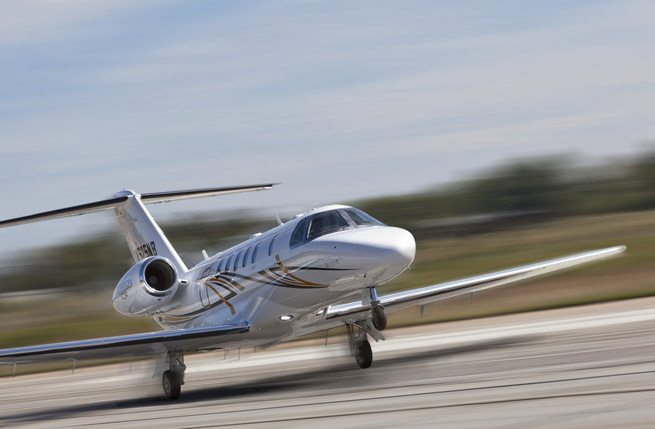Turbine transition hang-ups
Uh, oh, you pushed the wrong button—again

In my years of transitioning piston pilots to turbine aircraft, I have witnessed a pattern of learning roadblocks that frustrated many aspiring jet jockeys. Piston pilots must change gears when stepping up to turbine aircraft. Aerodynamic differences and higher speeds usually leave the transitioning pilot far behind the aircraft.
Here are some of the common differences the turbine pilot candidate will encounter:
• Failure to program the cleared route and altitude in the FMS and brief the departure procedure prior to taxi. The neophyte turbine pilot usually carries over bad habits of rushing away from the ramp to perform these critical tasks during runup. Unfortunately, there is no conventional runup in many types of turbine aircraft, leaving the pilot feeling rushed at the runway holding point.
• Overdependence on brakes during taxi because of excessive thrust. Idle thrust usually is sufficient to maintain safe taxi speed on level terrain. I also stress the use of rudder pedal/nosewheel steering in lieu of brakes when making turns. This avoids jerky movement during taxi.
• Erratic throttle positioning and undershooting or overshooting desired airspeeds because of turbine engine spool lag. A transitioning pilot must anticipate the need for power changes by looking at airspeed trends and making timely throttle movements.
• Not utilizing the autopilot as a required crewmember during single-pilot operations. Turbine aircraft certified for single-pilot operation demand that an operable autopilot be available. The higher speeds and complex systems unique to turbine aircraft lend themselves to additional pilot workload and the need for this virtual crewmember. You will have the opportunity to display your stick and rudder ability during takeoff, initial climb, and landing. Do yourself a favor and leave the drudgery of climb, cruise, and descent to the mechanical co-pilot and use your piloting skills to aviate, navigate, and communicate.
• Excessive flare during landing or improperly using the elevator for aerodynamic braking during the landing rollout. This piston-pilot technique of hauling back the yoke will result in dangerously high roundouts during the landing phase or excessive float and runway overrun on the rollout. A better method is to maintain the descent pitch angle until over the threshold and smoothly transition to level attitude until touchdown. Keep the nosewheel on the runway, apply maximum braking, and deploy speed brakes to minimize the required runway distance.
Many transitioning candidates are initially resistant to this new piloting culture but soon embrace these techniques after discovering the benefits.
Jack Boyd is a 10,000-hour DPE and president of Gold Standard Aviation.


